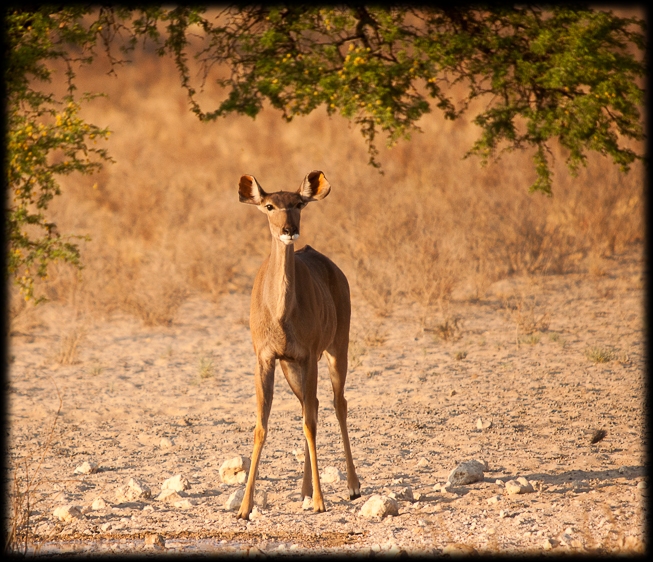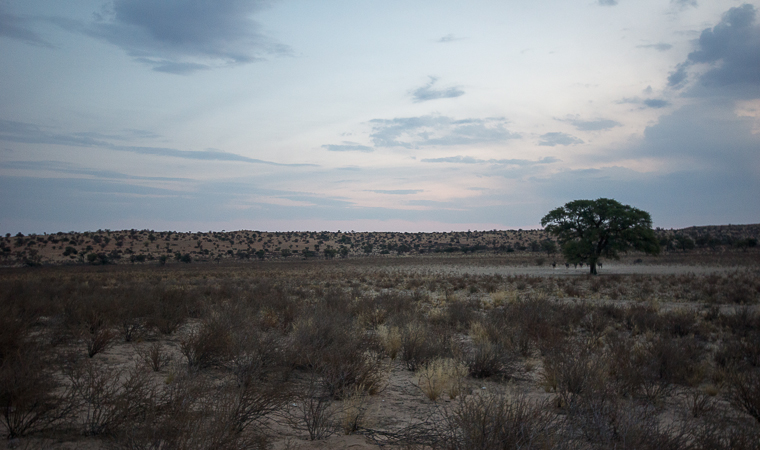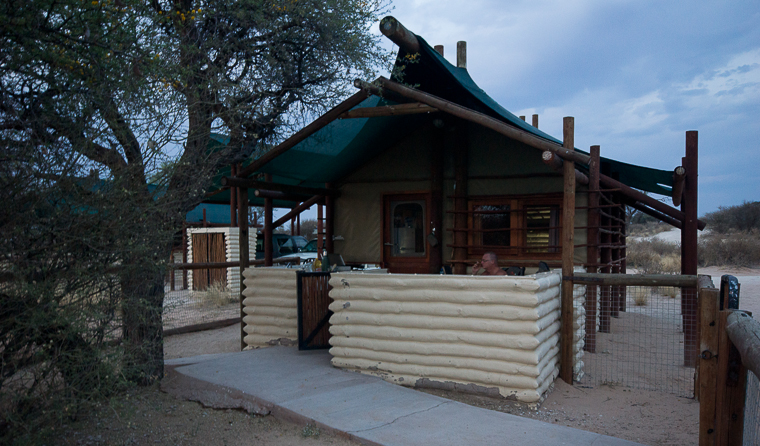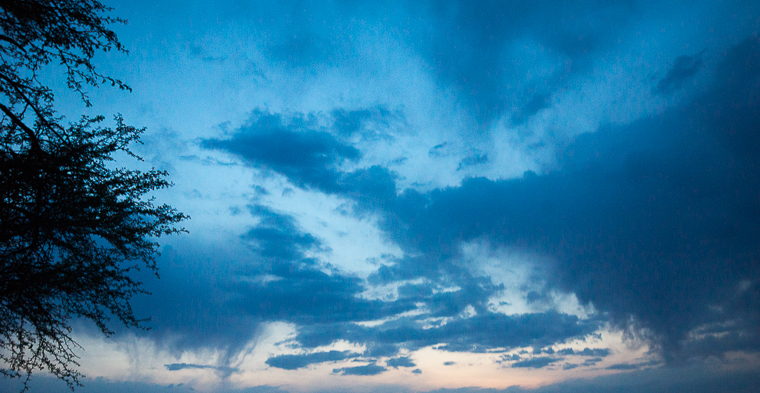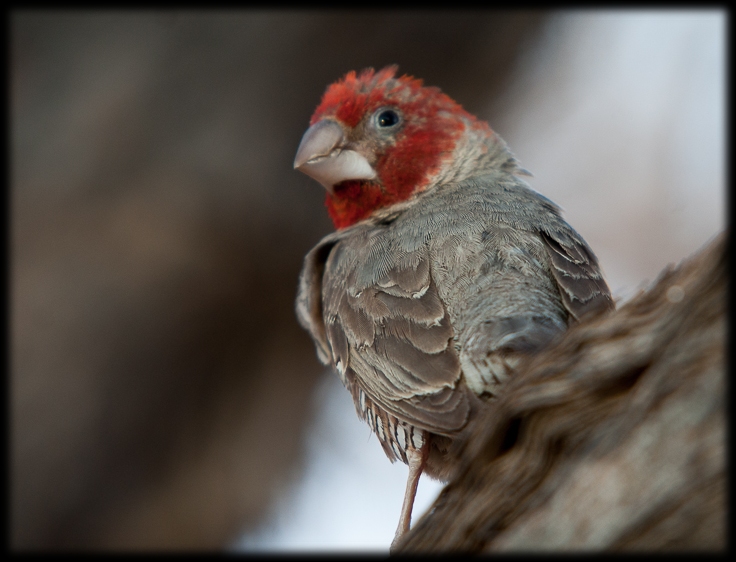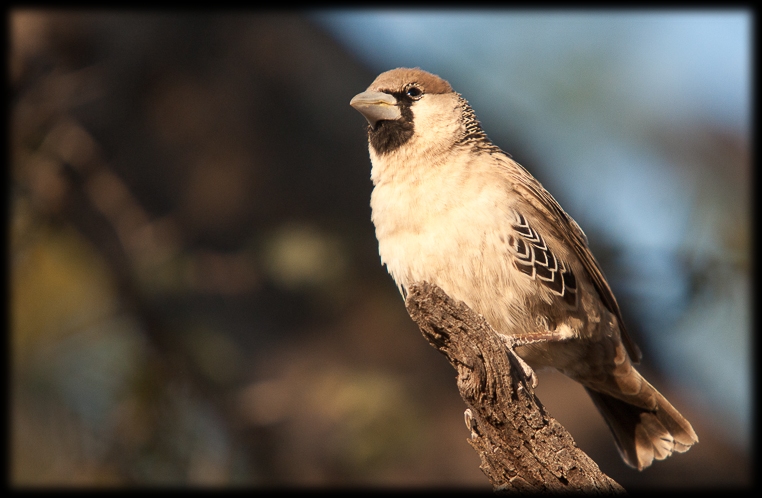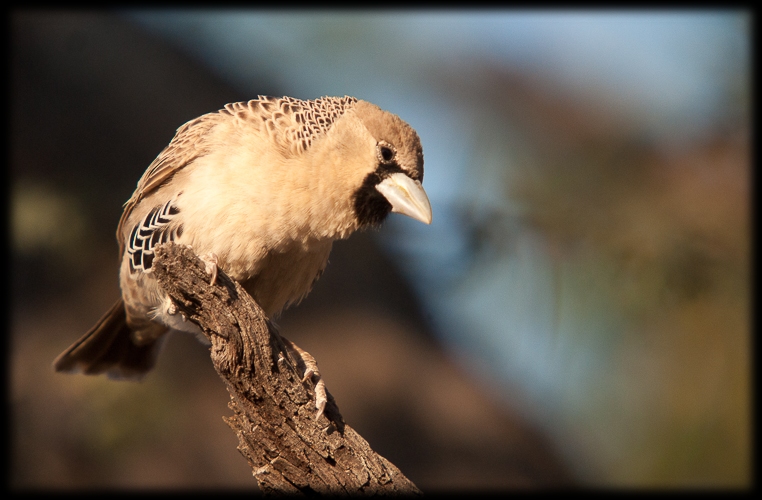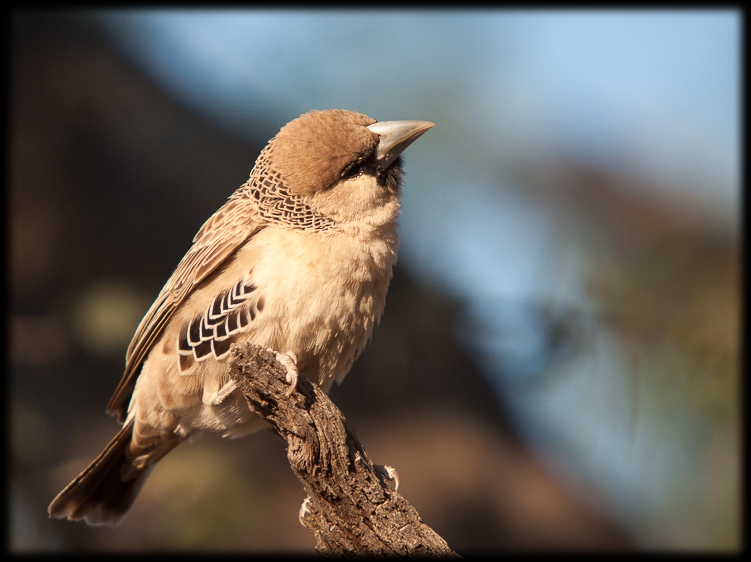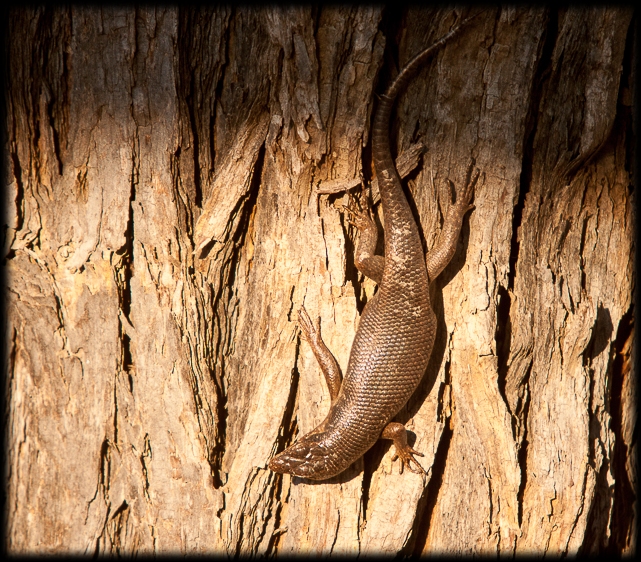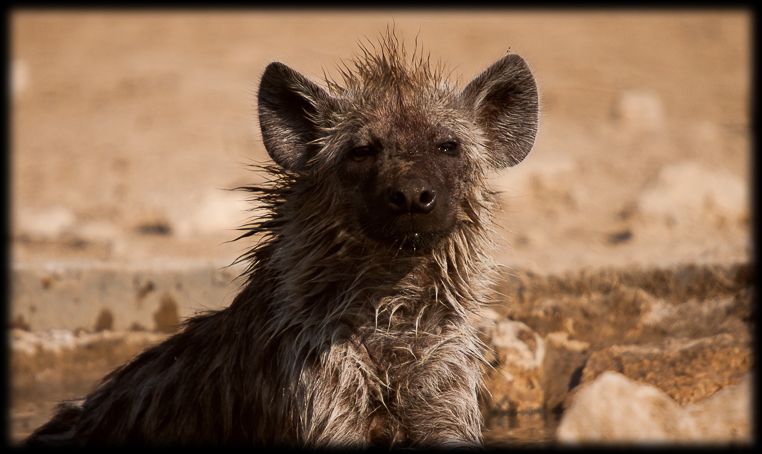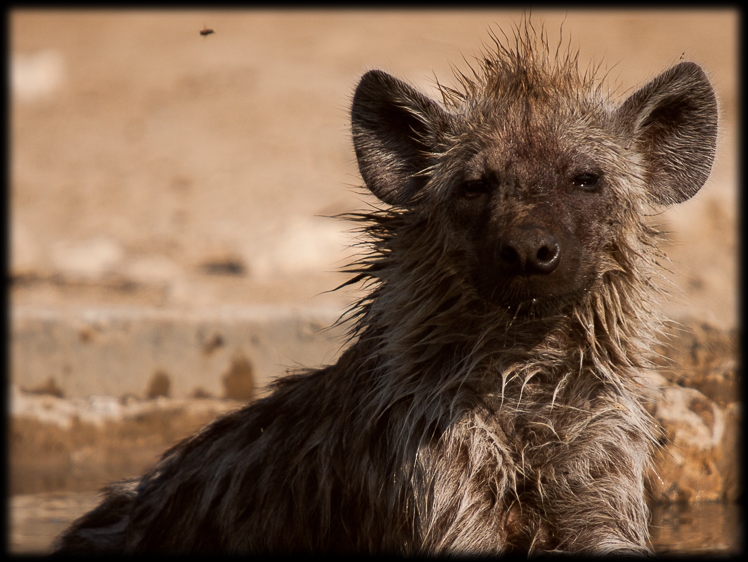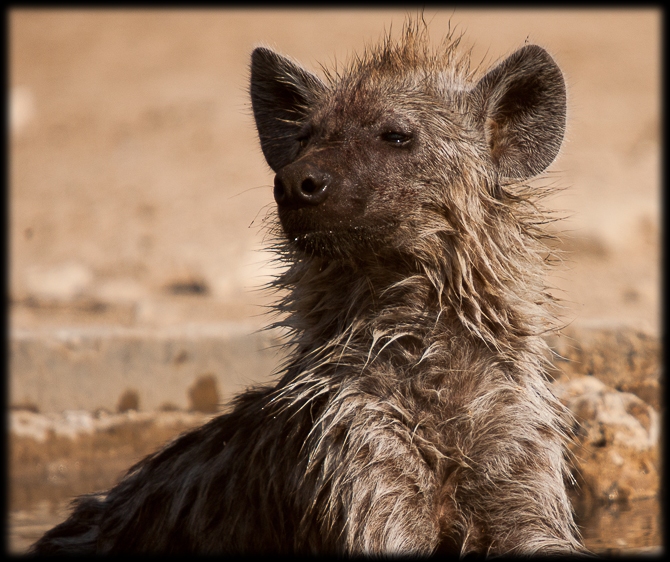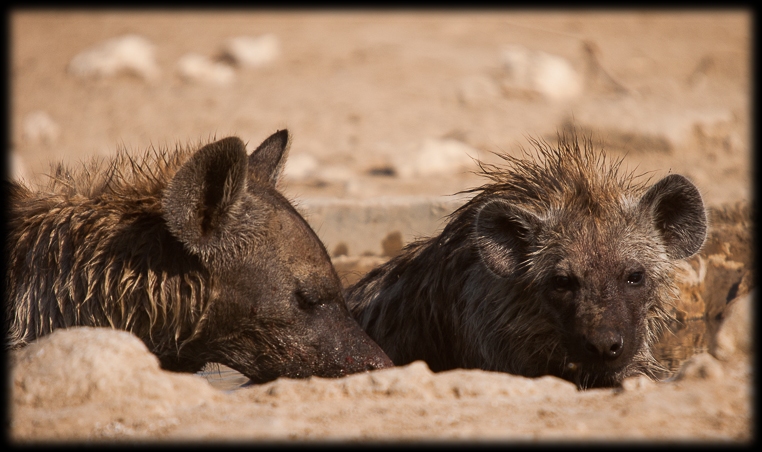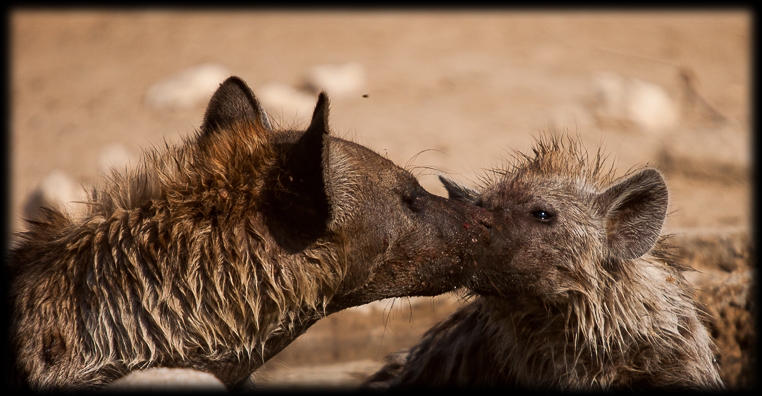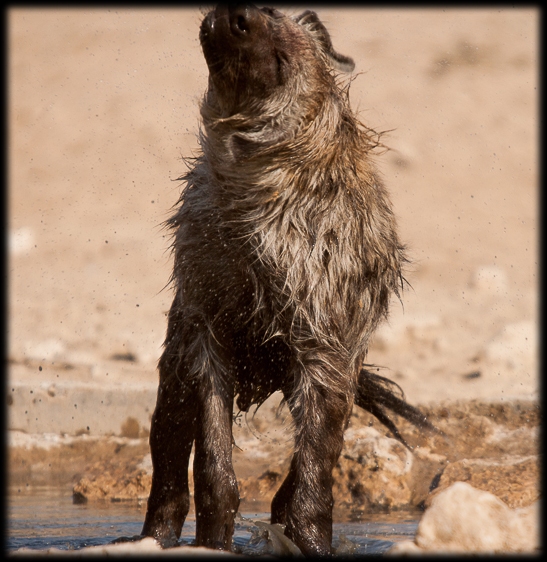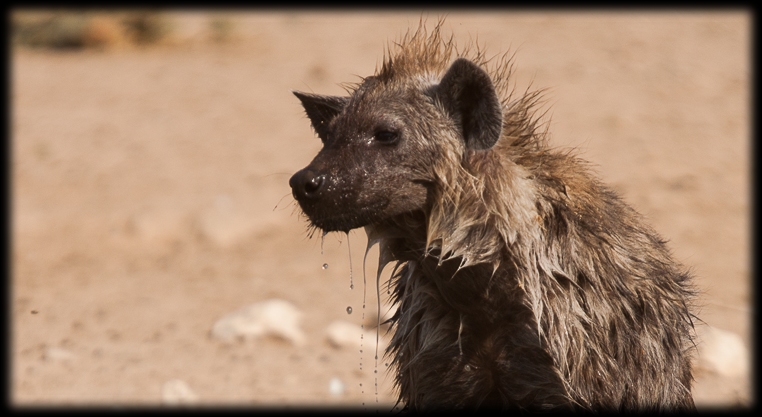Re: Extended KTP Trip oct 2013
Posted: Sat Mar 29, 2014 6:46 am
Day 7 - 9th October (Continued)
As we sat on the deck we had a steady stream of wildlife.
Red Hartebeest
After 7-8 months of pregnancy, the females give birth to the younger ones. They usually prefer isolated areas for reproduction. The mother nurses and cares for the calves for about 4 years. However, the girls usually stay with their mothers for the entire life.
In case of these species, the males are usually with the mother for 2-3 years.
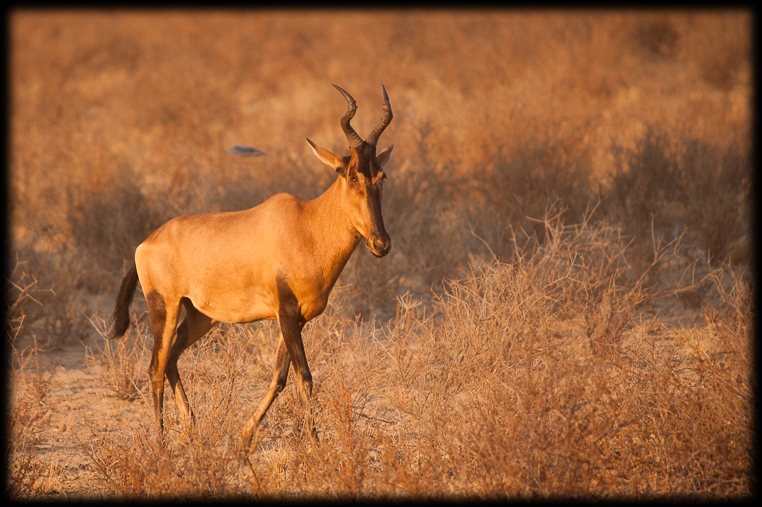
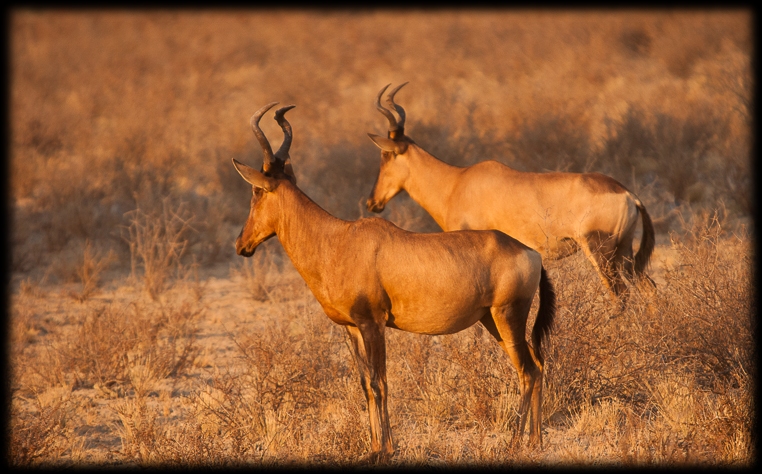
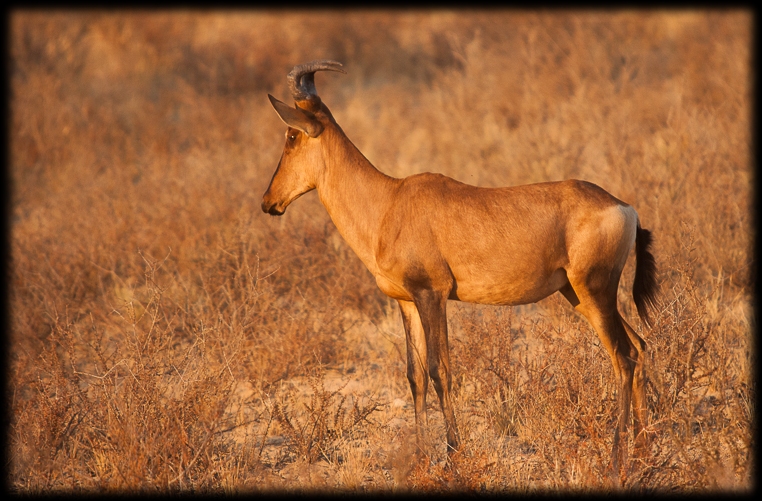
Shrew
Elephant shrews are fairly unusual mammals because they form monogamous pairs and mate for life. The pair stakes out a territory of a couple acres, and several species make tons of tiny paths so that they can easily escape from predators. The two elephant shrews don’t usually hang out together, but they mark their trails with scent glands to keep tabs on each other’s locations (“Hi honey, I’m still here!”). They also use their scent markings to point out sources of food.
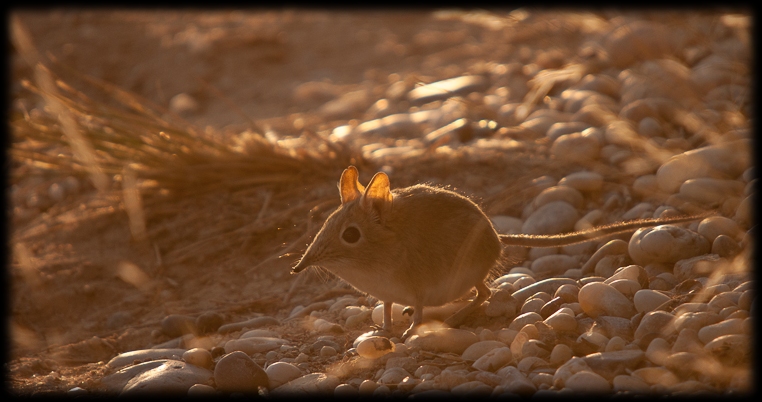
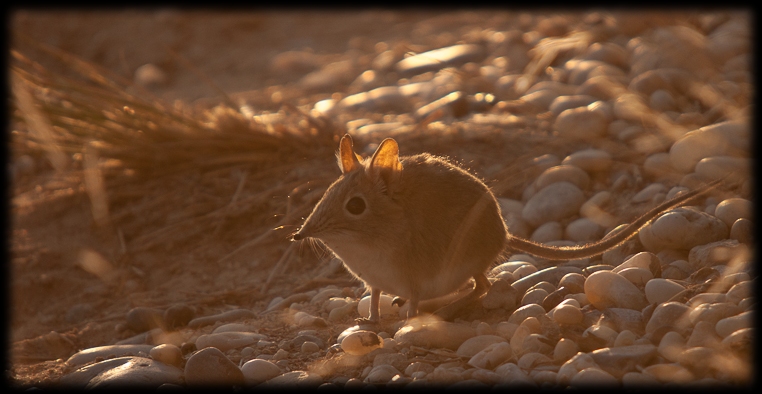
Kudu
Females live in the small groups composed of adult females and their offspring. Groups usually have between six and ten members.
Mating season starts at the end of the rainy season. Pregnancy lasts eight months and ends with a single baby. Female leaves the group and isolate herself and the baby for the next couple of months.
First four or five weeks of the life, young kudu spends lying in the grass. After that, calf starts to follow its mother during short period of time each day. At the age of three to four months, young kudu follows its mother all the time. When calf becomes able to follow its mother constantly, they will return back to the herd.
Young kudus grow rapidly and they are able to take care of themselves as soon as they turn six months.
Kudu lives 7 to 8 years in the wild.
